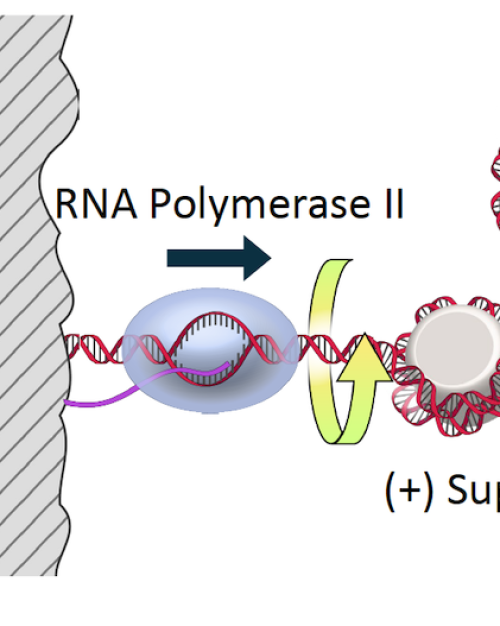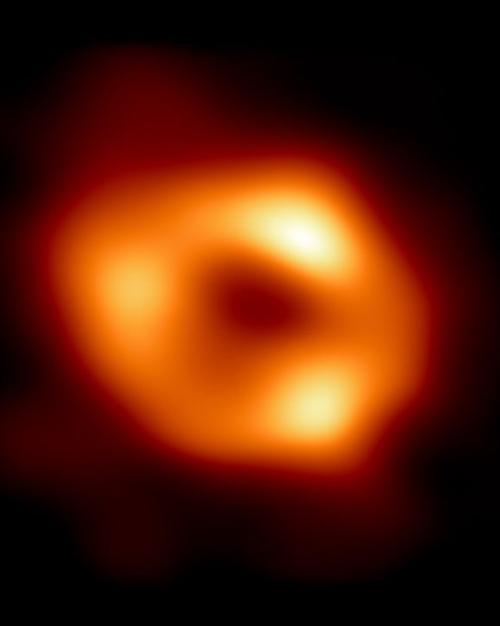Anna Ho, assistant professor of astronomy in the College of Arts and Sciences, is part of a team that has won an inaugural Scialog: Early Science with the LSST award, given by the Research Corporation for Science Advancement (RCSA). Each team member will receive $60,000 in direct costs to support their project. The eight awards given launch a three-year initiative that aims to advance the foundational science needed to realize the full potential of the Vera C. Rubin Observatory’s upcoming Legacy Survey of Space and Time (LSST).
Ho’s project, “Multimessenger Transients in AGN Disks,” will look at LSST data from supermassive black holes residing in the centers of distant galaxies. A multitude of interesting phenomena are expected to occur in the accretion disks of these supermassive black holes, but actually identifying these phenomena in the LSST data is a needle in the haystack problem, said Ho.
Her collaborators on the project are Maya Fishbach, Canadian Institute for Theoretical Astrophysics, University of Toronto, and Elisabeth Newton, Dartmouth College.
Ho's research uses telescopes located all over the world and in space to study the lives and deaths of stars and the physics of those phenomena and other energetic cosmic events. She uses wide-field surveys along with targeted observations from gamma-ray to radio wavelengths and works to understand the physical processes governing the observed emission. She is an active member of several international collaborations and serves as co-chair of the gamma-ray bursts working group for the Ultraviolet Transient Astronomy Satellite (ULTRASAT) mission.
Ho is also a Packard Fellow for Science and Engineering and an Alfred P. Sloan Research Fellow in Physics.
Scialog is short for “science + dialog.” Created in 2010 by RCSA, the Scialog format aims to accelerate breakthroughs by building a creative network of scientists that crosses disciplinary silos, and by stimulating intensive conversation around a scientific theme of global importance.
Ho attended the inaugural Scialog conference in 2024, which engaged more than 50 observational astronomers, cosmologists, theoretical physicists and astrophysicists, computational modelers, data scientists and software engineers from the U.S., Canada and Chile in a series of conversations designed to build a networked community, discuss challenges and gaps in current knowledge and form teams to propose projects based on ideas generated during the conference.
With technical first light on the Rubin Observatory LSST Camera (the world’s largest digital camera) expected by early June 2025, full operations could start in September or October 2025. The first data preview is expected to be available to researchers in March 2025, and the second in March 2026.
Linda B. Glaser is news and media relations manager for the College of Arts and Sciences




